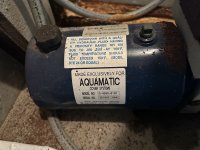- Nov 13, 2023
- 90
- Pool Size
- 17000
- Surface
- Vinyl
- Chlorine
- Salt Water Generator
- SWG Type
- CircuPool Core-55
I am looking to replace a UVc light bulb for my pool UV sanitation unit. It is a LC10 model number UV sanitizer by Bioguard BioLab (was told Delta UV made it for them).
This unit is 14 years old (I just purchased the home last fall).
The bulb I took out says 70-18420 BL (which I thought meant blacklight, which I wouldn't want). I think the other owner added the wrong bulb (and it has long since burned out). Delta UV makes a 70-18420 bulb but it has the wrong connector on it. The bulb also says 7303-L30 on it. It has a very unique connector on it. 2 sunken pins in the middle with 2 raised on the outside (rather than your typical T5 connector).
Here are some pictures of the old bulb and the UV sanitizer unit (sorry for all the corrosion, the old owner had somewhat neglected everything so we are getting it all back up to standards).
Any idea where to source a compatible replacement? BioGuard themselves were little help as they said that was discontinued over a decade ago. Delta UV has been sold multiple times and the tech support guy said he had no idea where to source the custom bulb.
Could I cut the old connector off the unit and put a standard T5 pin connector and use a more standard UVc bulb in it?
Wild West Pool Supplies has one in stock online but it’s listed for $156 plus shipping. For a bulb that will last 1 year. I can source regular UVc delta UV bulbs with a standard connector for $40 or so.
Just seeing if anyone has come across this recently and has advice.
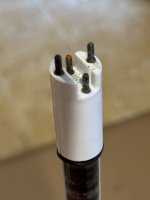
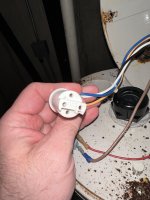
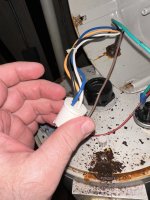
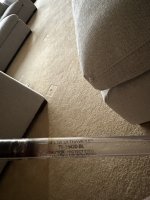
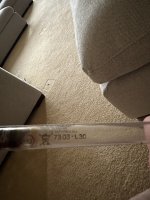
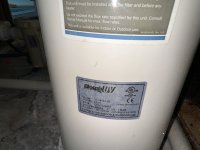
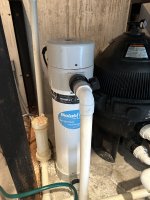
This unit is 14 years old (I just purchased the home last fall).
The bulb I took out says 70-18420 BL (which I thought meant blacklight, which I wouldn't want). I think the other owner added the wrong bulb (and it has long since burned out). Delta UV makes a 70-18420 bulb but it has the wrong connector on it. The bulb also says 7303-L30 on it. It has a very unique connector on it. 2 sunken pins in the middle with 2 raised on the outside (rather than your typical T5 connector).
Here are some pictures of the old bulb and the UV sanitizer unit (sorry for all the corrosion, the old owner had somewhat neglected everything so we are getting it all back up to standards).
Any idea where to source a compatible replacement? BioGuard themselves were little help as they said that was discontinued over a decade ago. Delta UV has been sold multiple times and the tech support guy said he had no idea where to source the custom bulb.
Could I cut the old connector off the unit and put a standard T5 pin connector and use a more standard UVc bulb in it?
Wild West Pool Supplies has one in stock online but it’s listed for $156 plus shipping. For a bulb that will last 1 year. I can source regular UVc delta UV bulbs with a standard connector for $40 or so.
Just seeing if anyone has come across this recently and has advice.







Last edited by a moderator:




